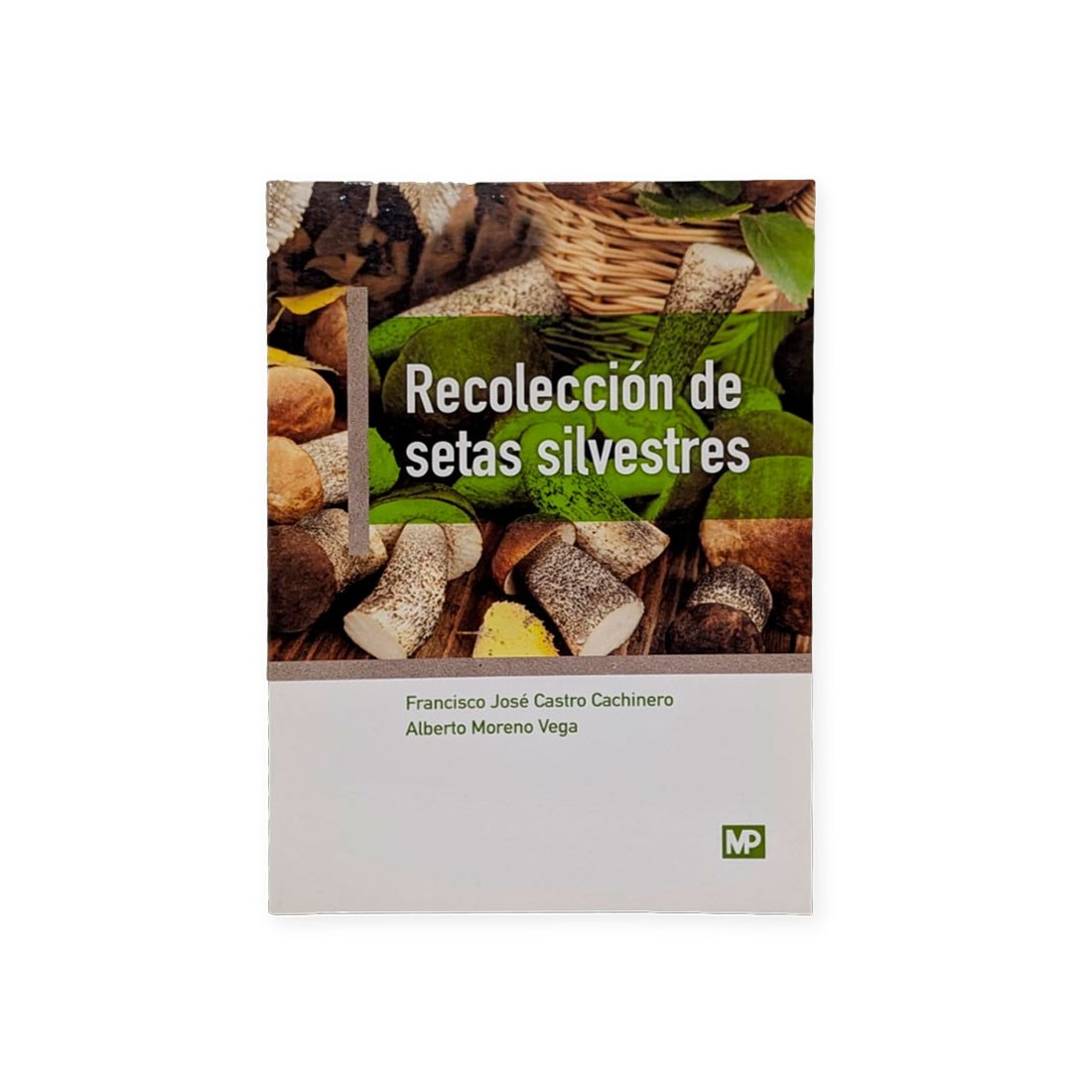Collection of wild mushrooms F. J. CASTRO CACHINERO and A. MORENO VEGA
Learn to collect wild mushrooms safely and sustainably with the manual Mushroom Foraging by F. J. Castro Cachinero and A. Moreno Vega, an essential guide for professionals.
- Publisher: Paraninfo
- Size: 17 x 24 cm
- Pages: 166
- ISBN: 9788428398909
Are you dreaming of exploring the fascinating world of wild mushrooms with complete safety and knowledge? With the manual Mushroom Foraging by F. J. Castro Cachinero and A. Moreno Vega, you will not only learn to identify and forage mushrooms sustainably but also discover how to enjoy nature responsibly. This book is your definitive guide to becoming an expert mycologist, respecting the environment while maximizing the use of forest resources.
This manual is more than just a book; it's an essential tool for anyone who wants to delve into mycology with a solid foundation. You'll learn to distinguish edible species from poisonous ones, use the right tools, and follow collection guidelines that ensure the sustainability of forests. With this knowledge, you'll protect ecosystems and enjoy a unique experience in nature.
Furthermore, the book offers emotional benefits that go beyond technical information. Imagine the satisfaction of walking through the woods, confidently identifying mushrooms, and sharing your findings with friends and family. This manual connects you deeply and enrichingly with nature, turning each outing into an adventure filled with discoveries and learning.
What makes this product unique is its practical and professional approach. Written by experts in mycology with years of experience, the content is designed to be accessible to both beginners and advanced foragers. Additionally, it adheres to the guidelines of the Professional Qualification in Auxiliary Activities in Forest Exploitation, making it a recognized and high-quality training tool.
- Learn to identify mushrooms and truffles accurately, thanks to detailed descriptions and clear classifications.
- Discover the tools and techniques necessary for safe and efficient foraging.
- Understand the sustainability rules that guarantee the preservation of natural spaces.
- Manage and conserve forest resources responsibly, contributing to environmental care.
- Access up-to-date information on toxicity, first aid, and risk prevention during foraging.
- Enjoy content backed by experts, with years of experience in mycology and professional training.
Don't miss the opportunity to become an expert and responsible forager. With the Mushroom Foraging manual, you'll gain technical knowledge and have unforgettable experiences in nature. It's time to start your mycological adventure! Get your copy today and discover everything the world of mushrooms has to offer.





